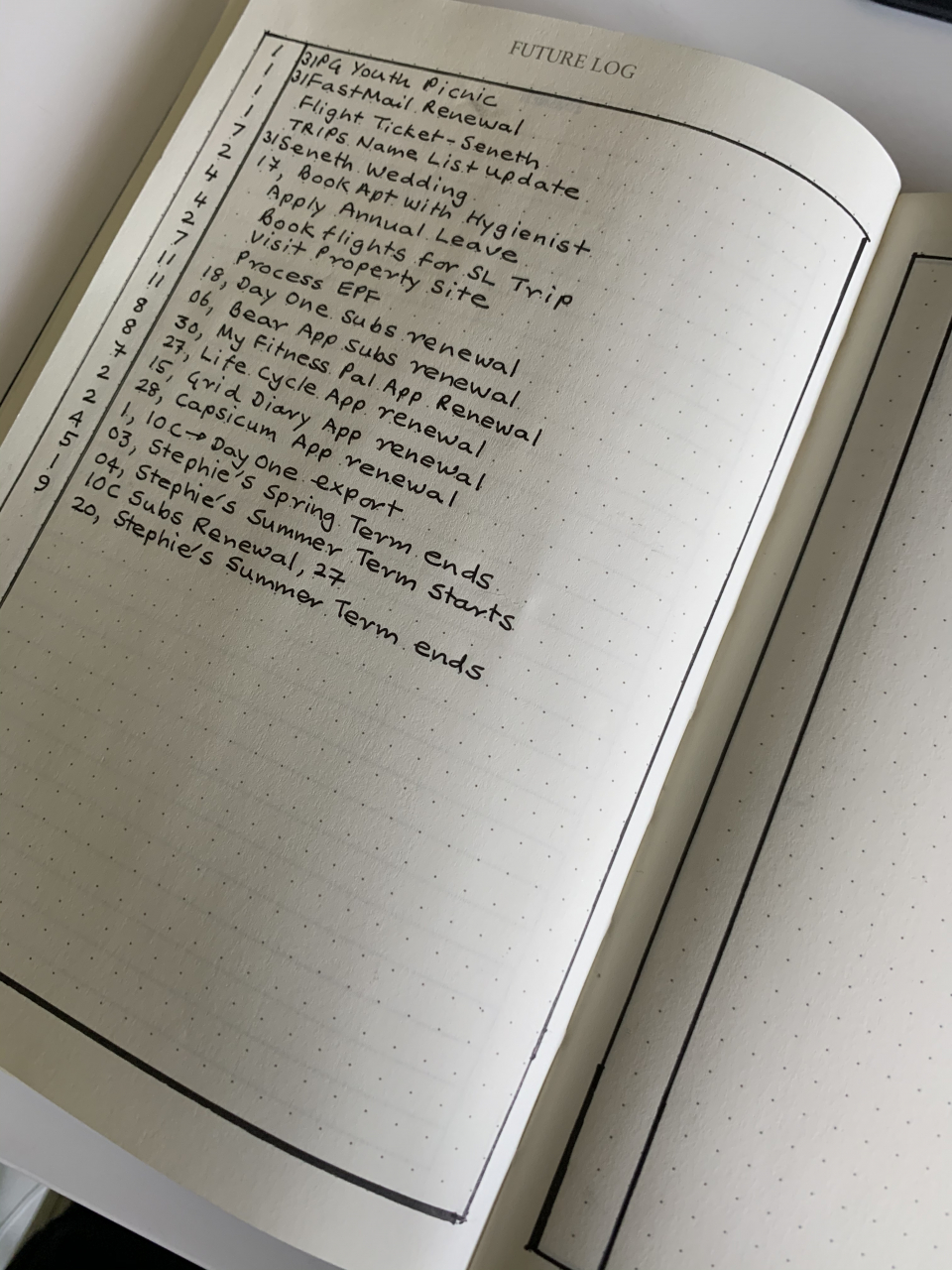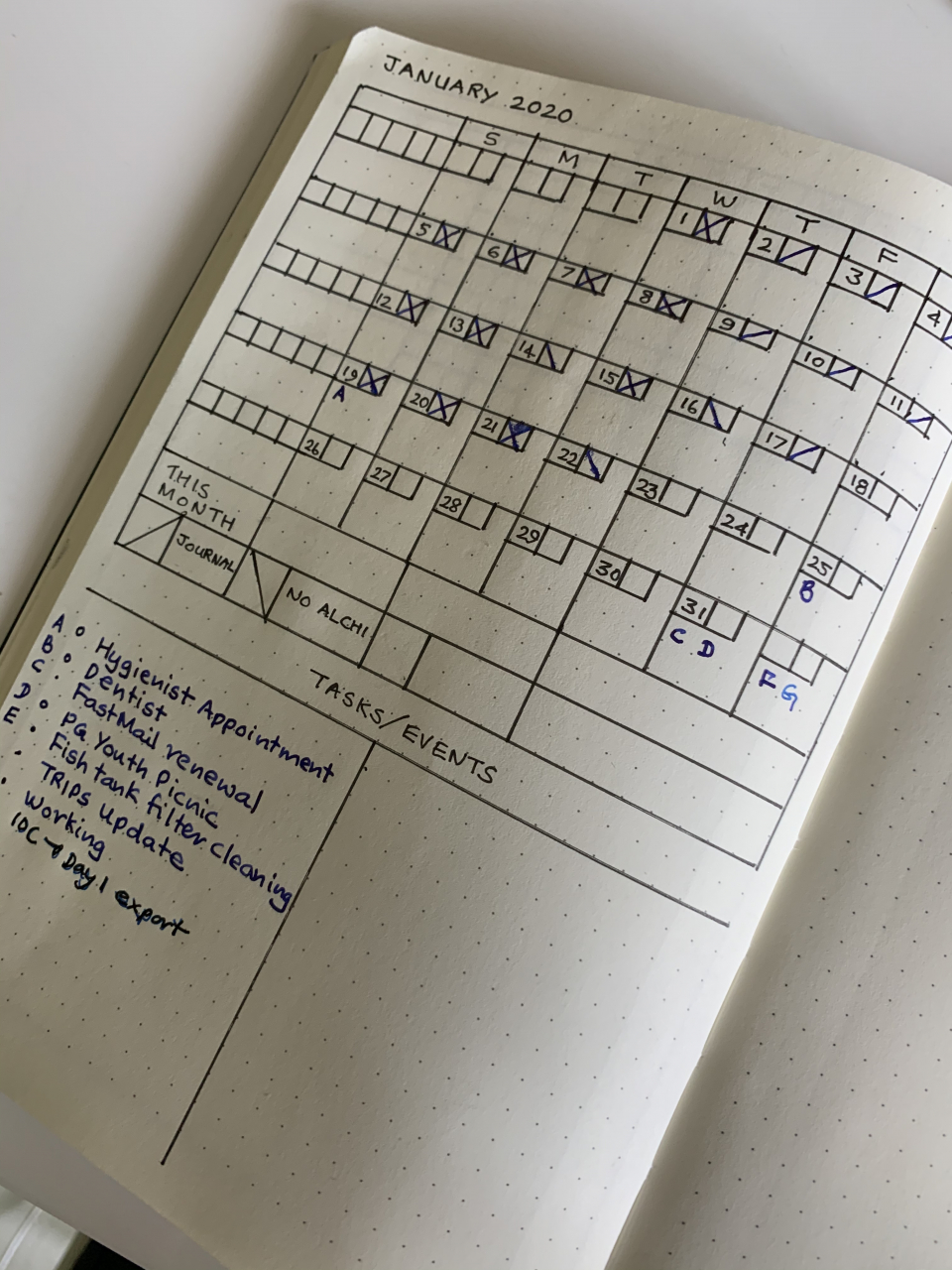When I started my airline catering career in the 80s, I remember going around the base station flight kitchen with a piece of paper stuck to a clipboard and a pen, ticking checkboxes. Those were the days of Lockheed L1011 Tristar aircraft with catering loaded in the lower lobe galleys. Then there were B747s loaded in massive catering modules in the aircraft's belly. That was in the last quarter of the 20th century. Here we are almost towards the end of the first quarter of the 21st century with modern aircraft such as the Airbus 380 Super Jumbo, and Boeing 777 Dreamliner flying the blue skies; and yet nothing much has changed in terms of technological advancement in the flight catering industry.
The entire world has been forced to live through an extended period of 'downtime' due to the pandemic. However, some organizations have, during the past year and a half, opted to turn the situation on its head, revisiting business processes with a view to implementing improvements.
These efforts have focused on new ways of working and collaboration as well as supplier and engagement. From the customers' perspective, the demand was for greater value in the products and services they purchase but without having to incur increased costs. As such, we saw a more feverish use of corporate buzzwords such as Digital Tools and Digitization which of course have been around for a decade or so.
The pandemic, as we all know, hit the aviation and related industries especially hard, resulting in an unprecedented drop in demand. Naturally, this had a serious impact on Flight Caterers. They too have come under increased pressure from customers to create value without additional costs. Therefore, just like other industries similarly affected, they have also been looking at various ways to improve efficiencies and design new ways of generating revenue.
While health and safety are priorities for customers, as always it was vital for flight kitchens to maintain airlines’ confidence in their capacity to provide safe food. From a digital perspective, flight kitchens can pick up a few low-hanging fruits for digitization to improve business processes as well as create value that customers look for using technology.
In my experience in the airline catering industry over the past three decades which includes visiting flight kitchens in various parts of the world, a hygiene inspection of a flight kitchen would take about half a day on average. This includes a physical hygiene audit followed by a documentation audit. This posed a challenge due to the limited time we could spend within each flight kitchen during a physical audit; we could only take a ‘snapshot’ of what was happening at a particular time. Documentation audits took much longer, but as always, it has always been cumbersome to flip through mountains of paper. Very often only hand-written records were maintained; they frequently missed some information and were not easy to read. As such it has been hard to develop a ‘feel’ about the day-to-day performance and efficiency of the food safety management system of the flight kitchen.
I believe we need a new approach to enable airline customers to monitor food safety systems and carry out routine in-depth audits at flight kitchens either on-site or even remotely. Customers should be able to do the current paper audit. In other words, they should be able to view the entire Food Safety Management process in the kitchen electronically from their computers or even iDevices. For Hygiene Managers of the flight kitchen, such a mechanism would do away with spreadsheets and binders, error-prone hand-written records, enable the provision of visibility with respect to corrective actions and most of all increase employee engagement in food safety and thereby build confidence in customer's minds.
(This article was originally written for an industry publication in July 2021, but never got published)


